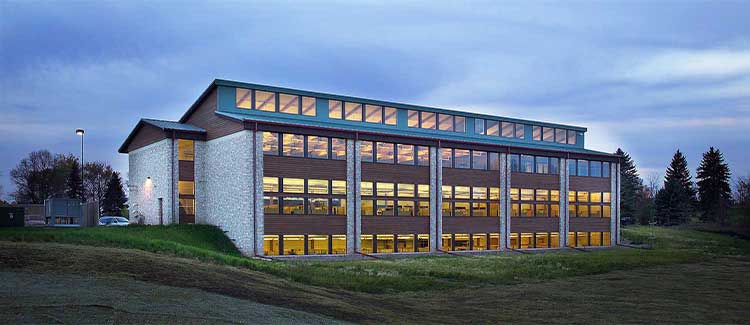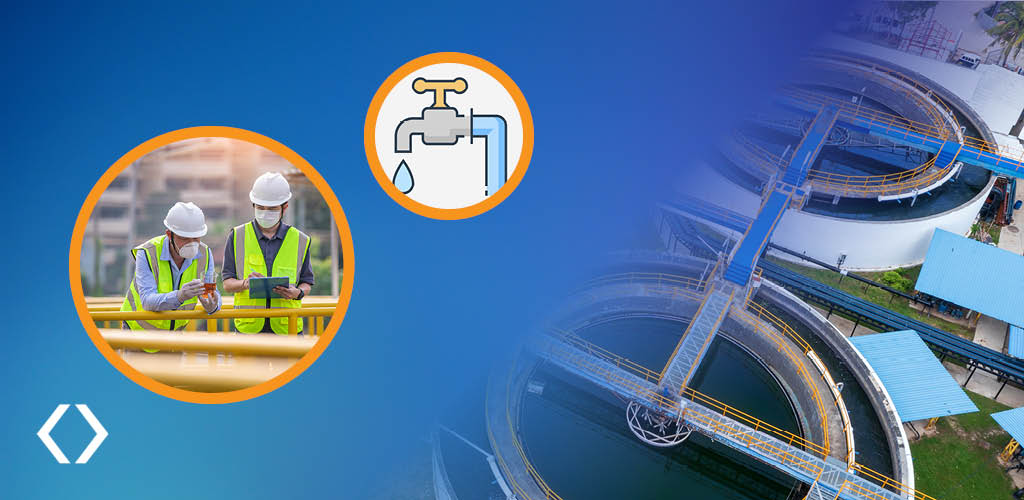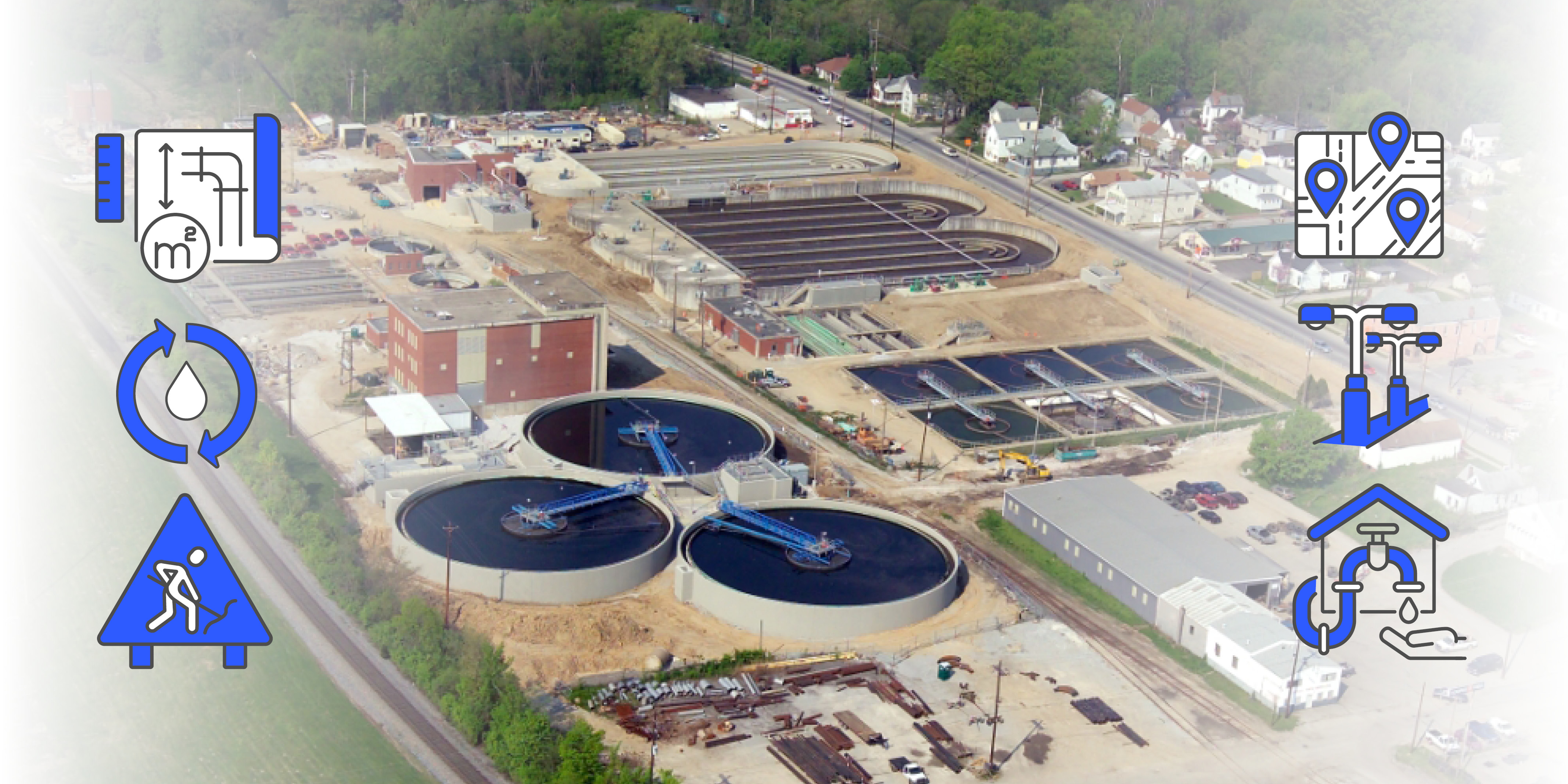While energy savings are best realized when implemented across a broad portfolio of buildings; funding and personnel resources are not always available. The following guidelines can be applied to existing buildings and set the stage for growing the portfolio as savings are realized.
![]()
1. Baseline Energy Performance to Determine Priorities
A thorough assessment of operational and maintenance costs and an evaluation of current energy use should be conducted. The remaining useful life of equipment should also be considered. This will provide the basis for determining the priority of systems chosen for upgrades or replacement. This evaluation will also provide an analysis of future energy goals and anticipated savings.
![]()
2. Conduct Equipment Assessments and Energy Audits
Energy modeling is used to evaluate various system options including initial and life-cycle costs. The results are compared to understand the long and short-term costs and benefits of improvements. This includes costs of investment, capital, energy, operation, maintenance, and disposal over the life of the system or equipment. By assessing this information as it relates to your energy goals and budget, recommendations for the most advantageous option can be identified.
![]()
3. Secure Necessary Funding
A critical step in the process includes identifying funding opportunities and available sources. It is important to assess current and future cash flow opportunities and potential financial benefits. Consideration should be given to using initial project savings to fund future improvements. Several opportunities for funding are also available through the Illinois Energy Now: DCEO grants, local utility rebates, and various energy-related agencies.
![]()
4. Integrate System Design and Stage Implementation
Integrated design takes the “building as a system” approach, viewing the building’s functions as a whole to maximize the efficiencies. When considering multiple buildings, a staged approach can provide a cost-effective and more feasible implementation than addressing all improvements at once. A staged approach begins with the most feasible upgrades and progresses to longer-term projects.
![]()
5. Measure Progress
Energy projects are about reducing energy consumption, operational costs, improving thermal comfort, indoor lighting, acoustics, indoor air quality, and our impact on the environment. Evaluating post-project performance including energy usage, user comfort, and costs against benchmark performance indicators enables stakeholders to determine whether they have achieved their intended energy goals.
Taking the time to develop priorities, plan for improvements, and measure progress will provide a roadmap for successful implementation. Depending on the improvements chosen paybacks can be realized quickly and savings will accrue over time.
HVAC and Lighting Represent the Best Opportunities for Savings






